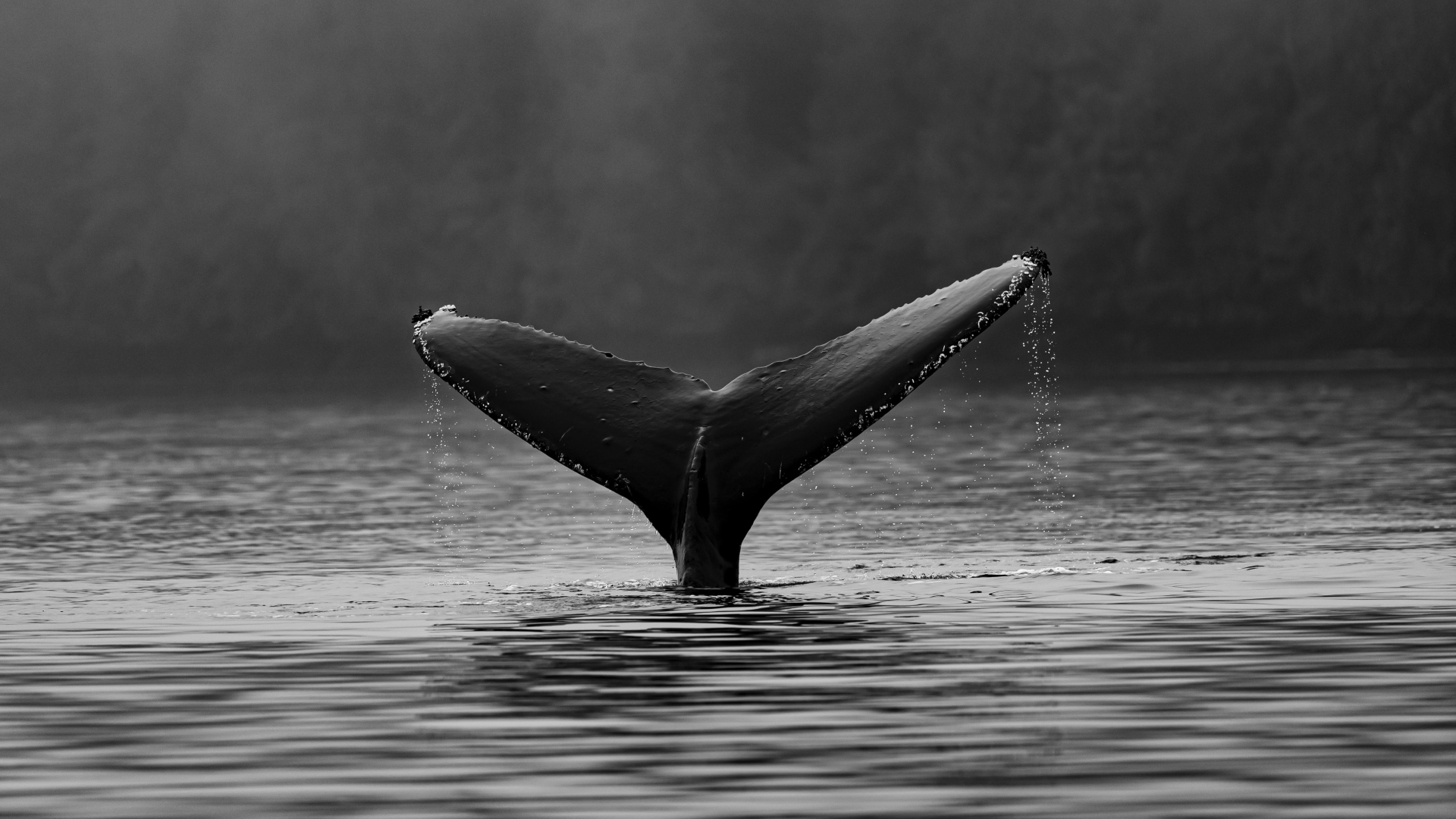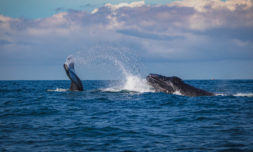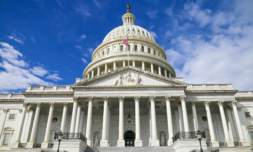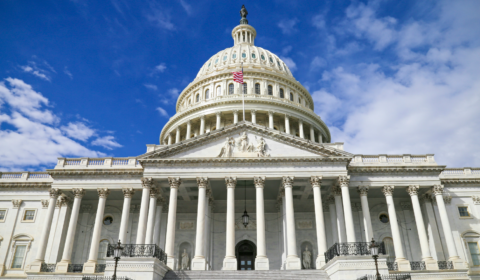While reforestation is seen as the key to sequestering carbon dioxide, the facts show one whale is worth thousands of trees.
The bulk of negotiations at Glasgow’s COP26 conference revolved around hefty financial packages and tech innovation to reduce carbon dioxide in our atmosphere – especially so on Forest Day.
But what if we told you that we already have an effective and economical solution on hand to sequester emissions right now?
Regenerating 30% of the globe’s land and sea is deemed crucial to achieving the terms of the Paris Agreement by the end of the decade, but safeguarding ocean wildlife could be massive too.
Making seagrass more populous and aiding vulnerable corals is high on the agenda, but cohorts of marine biologists believe we’re continuing to miss a trick.
Sliding under the radar in our considerations, ironically, is the potential of the largest animals on Earth: whales.
A huge climate ally
Whales aren’t just good for keeping marine food chains in check, or providing tourists with euphoric Instagram snaps in Quebec. They’re huge allies in preventing climate change.
While your average tree is said to absorb around 48 lbs of carbon annually, a great white whale will sequester over 30 tons of carbon in its lifetime – all of which will be locked in deep sea reserves once it eventually dies.
It has to be said that these huge mammals aren’t responsible for capturing carbon directly, but that they do spark a crucial chain of events.
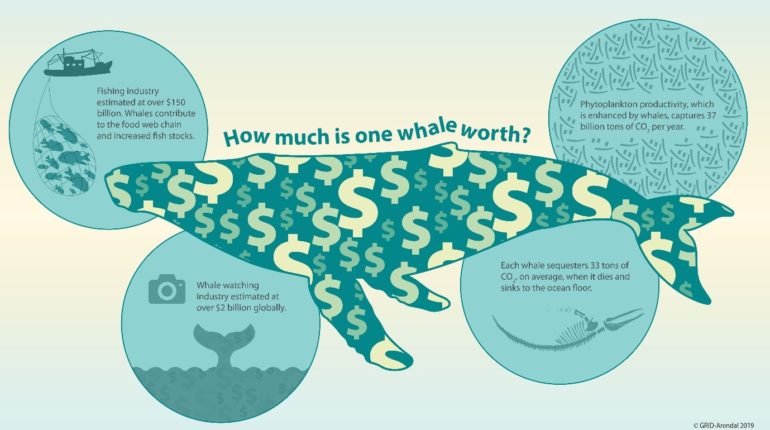

When nature calls for a whale, it will return to the surface and leave behind large quantities of excrement rich in iron and nitrogen – as one or two unlucky fishermen will testify. This in turn prompts microscopic organisms called phytoplankton to grow and multiply within that area.
It’s just unfortunate – or more fittingly, negligent on humanity’s behalf – that the general population of whales has been slashed from more than 5 million to 1.3 million today, thanks to industrial fishing and hunting.









